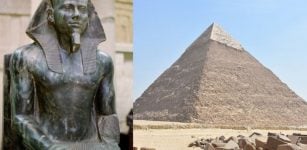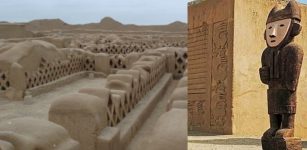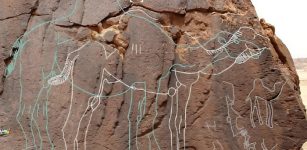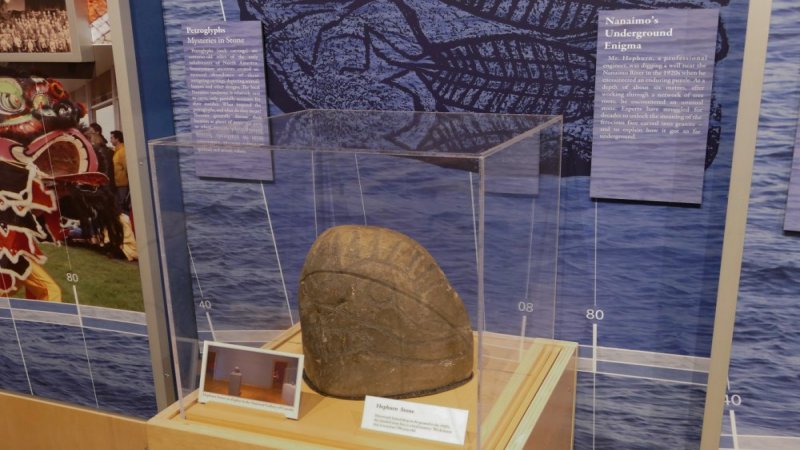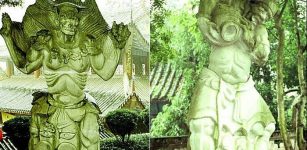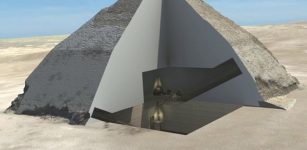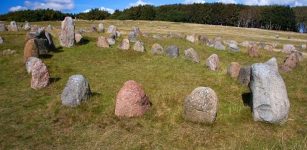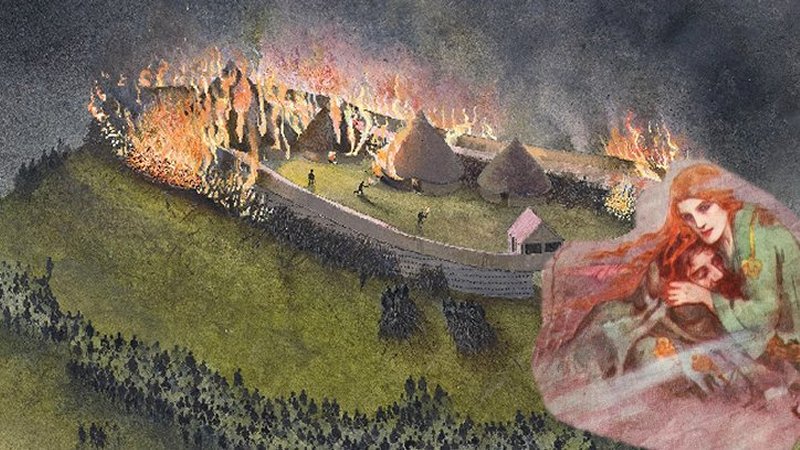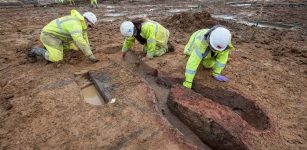Two Scribes Penned 8th Century ‘Samaria Ostraca’ Inscriptions Unearthed In Samaria
Conny Waters – AncientPages.com – One hundred ten years ago, the ancient Samaria ostraca – eighth-century BC ink-on-clay inscriptions fragments were unearthed during excavations conducted in Samaria, the capital of the biblical Kingdom of Israel.
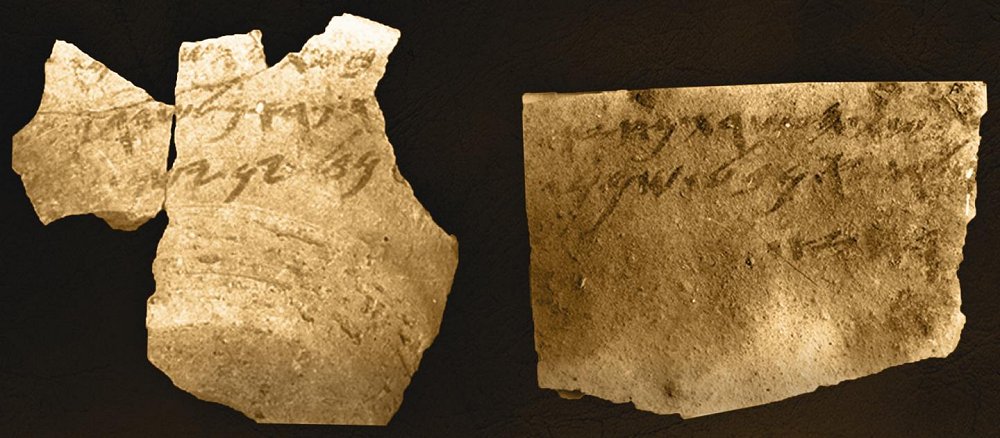
Colorized ostraca (ink on clay inscriptions) from Samaria, the capital of biblical Israel. The inscriptions are dated to the early 8th century BC. Photo credit: The Semitic Museum of Harvard University
Samaria is a historical and biblical name used for the central region of the ancient Land of Israel, also part of Palestine, bordered by Galilee to the north and Judaea to the south. In biblical times, Samaria “reached from the Mediterranean sea to the Jordan Valley, including Mount Carmel and the Sharon plain.
These priceless inscriptions are among the earliest collections of ancient Hebrew writings ever found.
More than a century, researchers debated the ostraca fragments, the number of scribes who composed the inscriptions, and disagreed regarding their precise geographical location — either Samaria or its outlying villages.
New research from Tel Aviv University (TAU) confirms that the inscriptions were written in the city of Samaria itself, and only two scribes were involved in composing of 31 of the more than 100 inscriptions. Ancient Samaria inscriptions illuminate bureaucratic apparatus in biblical Israel.
“If only two scribes wrote the examined Samaria texts contemporaneously and both were located in Samaria rather than in the countryside, this would indicate a palace bureaucracy at the peak of the Kingdom of Israel’s prosperity,” archaeologist and co-author Prof. Israel Finkelstein explained.
The landmark inscriptions list shipments of items such as oil and wine to Samaria over the course of at least seven years, providing a glimpse into the logistical infrastructure of the kingdom.
Based on letter-shape considerations, the ostraca have been dated to the first half of the eighth century BC, possibly during the reign of King Jeroboam II of Israel.
“If only two scribes wrote the examined Samaria texts contemporaneously and both were located in Samaria rather than in the countryside, this would indicate a palace bureaucracy at the peak of the kingdom of Israel’s prosperity,” archaeologist and co-author Prof. Israel Finkelstein said in a press release.
“Our results, accompanied by other pieces of evidence, seem also to indicate a limited dispersion of literacy in Israel in the early 8th century BCE,” Prof. Eliezer Piasetzky, co-author of the paper, added.
The Jerusalem Post writes that “in order to assess how many writers were behind the ostraca inscriptions, the team developed an algorithm employing a combination of image processing and machine learning technology. According to Dr. Barak Sober of TAU’s School of Mathematical Sciences, this algorithm allowed researchers “to conclude that two writers wrote the 31 examined texts, with a confidence interval of 95%.”
The group said that it intends to employ the technology it developed to study other inscriptions from different times and locations.
Research for the study was conducted by Ph.D. candidate Shira Faigenbaum-Golovin, Dr. Arie Shaus, Dr. Barak Sober and Prof. Eli Turkel, all of TAU’s School of Mathematical Sciences; Prof. Eli Piasetzky of TAU’s School of Physics; and Prof. Israel Finkelstein, Jacob M. Alkow Professor of the Archaeology of Israel in the Bronze and Iron Ages, of TAU’s Sonia and Marco Nadler Institute of Archaeology.
Written by Conny Waters – MessageToEagle.com – AncientPages.com Staff Writer

